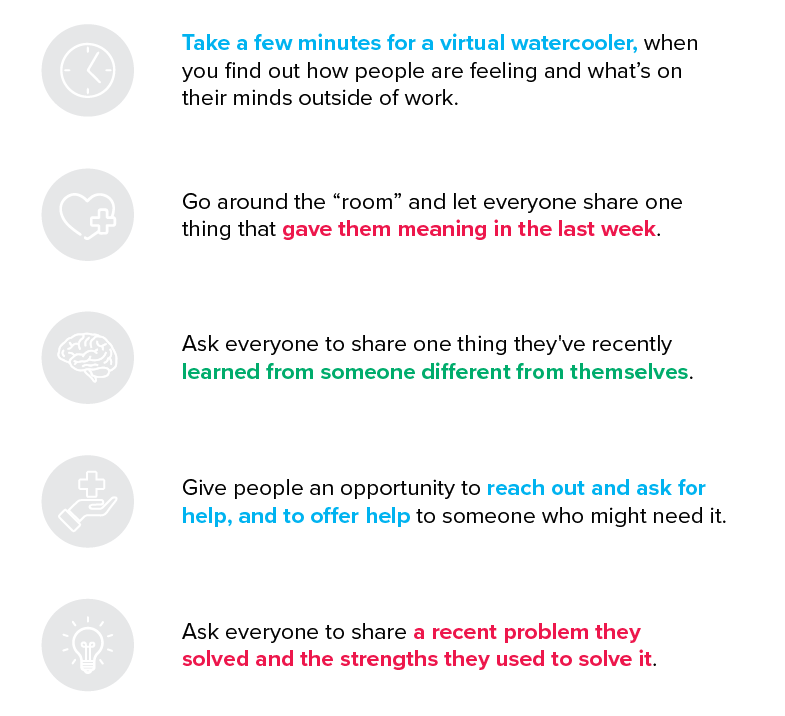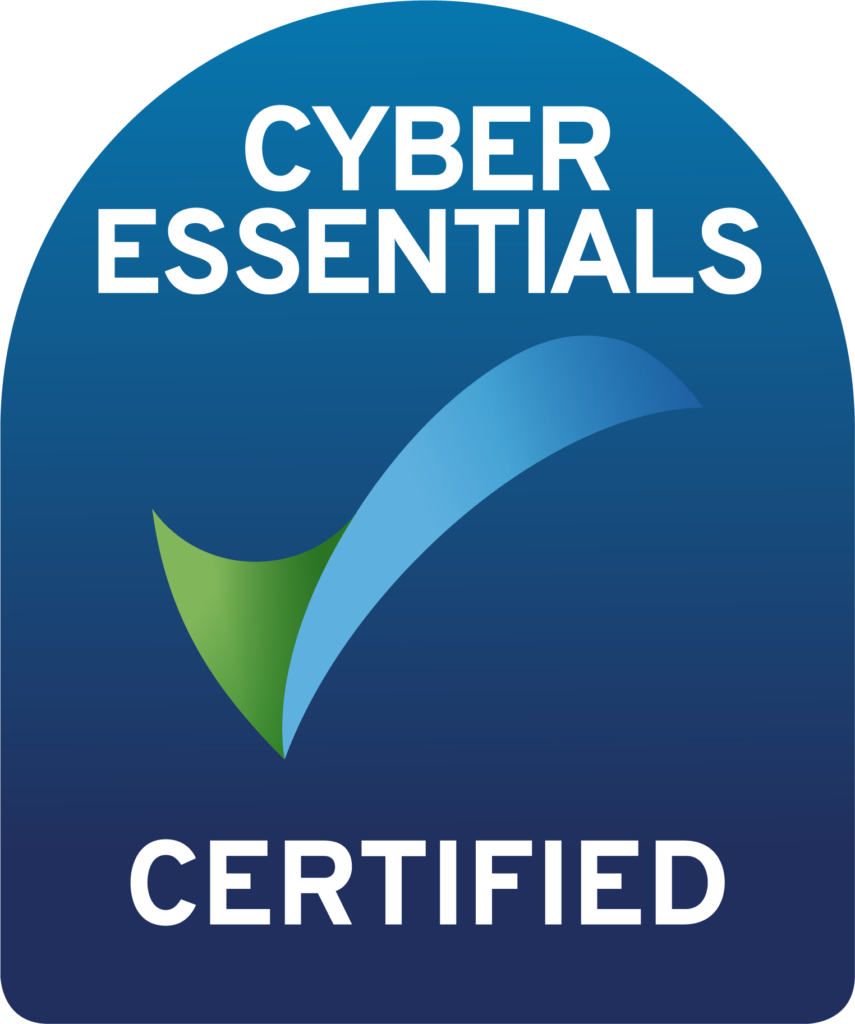Building authentic relationships takes more intention while working remote. Learn how to do it successfully.
By Gil Brady
A riddle has been presented to leaders as a result of the pandemic: How do we want to lead differently, now that we’ve had that experience?
It’s tempting to focus on efficiency. If organizations cut back on office space and people cut back on commuting, they can save time and money while giving employees freedom and flexibility. Sounds good, right?

But people don’t thrive under systems that are purely designed to maximize efficiency; we’ve known this since Henry Ford leveraged scientific management in the approach to the assembly line. People thrive under systems that provide meaningful interactions where they’re seen, valued, and heard. Absent meaningful interactions, employees become disengaged and may also suffer in their personal lives due to the loss of meaning in their work.
Naturally, these kinds of interactions are easier when everyone comes together to work under one roof. Things aren’t going back to the way they used to be, though. So how do we build authentic relationships while working remote or hybrid?
We have to commit to knowing what matters most to the people we’re collaborating with. While, in the ‘before times,’ this insight was good to know, now it’s a must. Without it, teams won’t have enough trust and commitment to survive conflict or innovate.
While working remote or hybrid, we don’t spend as much time getting to know coworkers—and building authentic relationships takes time. We need to accelerate the process of gaining insight into our colleagues and building trust.
Benefits of building authentic relationships while working remote
A productive work relationship builds trust, generates commitment, and drives results.
The desire to build authentic, productive work relationships hasn’t changed with the shift to working remote. But the ‘how’ has changed. And, like most complex challenges, there’s not a one-size-fits-all solution for how to build them.
Some organizations collaborate like a football team, with everyone pooling their strengths to push toward a common goal. Others collaborate like a track team, with different teams and individuals working solo, and others cheering them on.
The level of coordination necessary at your organization will influence how much remote and in-person work your culture needs, which will influence how you build authentic work relationships.
But the common thread is that each person must be trained to understand what matters most to the people they’re collaborating with, whether through a screen or in a conference room.
Build authentic relationships at the level of motivation
So, how do people find out what matters most to everyone they work with? It starts with the understanding that there are three core motives:
- Performance
- Process
- People



Everyone has all three motives at some level; however, some people have one primary motive, other people have two, and a few people value all three motives equally).
Understanding these core motives becomes extremely critical in a remote setting, but getting to that understanding is harder since we don’t run into each other in the hallway anymore. We have to be more intentional about learning our colleagues’ motives and values if we want to build authentic relationships while working remote.
Among other things, here’s what learning your colleagues’ motives can help you accomplish:
- Helping every person feel seen, valued, and heard
- Smarter collaboration
- Improved employee engagement
- A better sense of psychological safety
- A better sense of purpose
- Getting to trust faster
Motivation is just one lens people have on the world, but it’s a very important one in a professional setting, and can help colleagues (who may never have met in person) understand what gives other people purpose and meaning. And according to a recent Microsoft report, 40% of employees ranked a sense of purpose and meaning at work as “very important” to them.
Use meetings to build authentic relationships while working remote
Much of remote collaboration happens in scheduled meetings. Meetings have become very efficient over the past couple of years, with people joining at the appointed time, sticking to the agenda, and leaving immediately afterwards without any casual chatting.
But, to reiterate, efficiency doesn’t create thriving employees. And at a time when employees are voting with their feet, employers can’t afford for them not to thrive.
Organizations need to create new team norms for remote or hybrid meetings by sparking informal discussions that reveal motivation and foster authentic relationships. Here are a few ways to do so:

Taking the time to have these conversations is one of the most valuable things you can do as a leader. It gives people a chance to build authentic relationships when they’re isolated from each other, and to tap into a deeper sense of purpose at work.
The Core Strengths Platform helps you build authentic relationships while working remote
Another easy way for people to be intentional about learning each other’s motives is to use the Core Strengths platform before and during the meeting.
Meeting attendees can look up their coworkers on the Platform, quickly compare motives and strengths, and remind themselves to be curious and assume the best of each other.
Working remotely undoubtedly makes it harder to build authentic relationships. But if teams learn each other’s motives, resist some efficiency in favor of humanity, and get creative with their use of the Core Strengths Platform, they will successfully build trust, generate commitment, and drive results at your organization.








